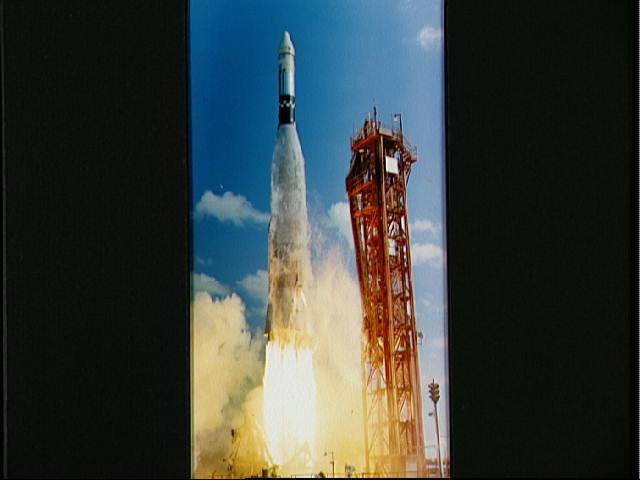
This was the 100th Agena (Number 4702) space vehicle used since 28 February 1959. The Air Force launched its first Atlas D/Agena D from Vandenberg. SSD's activation of the complex was scheduled to begin January 1, 1964, with an estimated 10 months required to prepare complex 14 for Project Gemini Atlas-Agena launches. All drawings and specifications were accepted. The Agena would use present flight-proven equipment, stress simplification of vehicle design, permit adaptability to advanced components without any basic changes, and permit production at lower costs.įinal design review of complex 14 modifications and activation of facilities was held under the aegis of Air Force Space Systems Division (SSD) in Los Angeles. The Defense Department and NASA signed a joint agreement that authorized the Defense Department to develop a standardized Agena D upper stage for joint use with Atlas and Thor booster stages.

(pre-programmed inertial guidance system) Walter Kidde Co. Major Subcontractors Thiokol Chemical Corporation (solid rocket motor) Honeywell Inc. The Burner II was used as an upper stage by NASA for deep space probes. The satellites were mounted on opposite sides of the injection stage, which housed a640 kgf thrust, solid-propellant rocket motor. As integration contractor for the Air Force Space Experiment Support Program (SESP) Office, Boeing designed, built and tested the injection stage, or "payload dispenser," which carried the 2 satellites on top of a standard Burner II stage and placed them in precise orbits. Army Corps of Engineers by the Cubic Corporation, and an Aurora satellite, developed by Rice University for the Office of Naval Research, were placed in circular orbits 3,300 km above the Earth. The third launch placed 2 unclassified satellites in Earth orbit. Four Thor-Burner II combinations were launched successfully from Vandenberg Air Force Base, California.

Under terms of a follow-on contract, it built 6 additional flight models. Boeing had delivered 8 flight vehicles under its original contract. The Burner II motor, guidance system and reaction control system were integrated to provide attitude stability and precise control of flight rate and burnout velocity for orbital injection and earth-escape missions. Its general assignment was to place small- and medium size payloads into orbit.

Burner II was designed for use with the Thor booster, but was readily adapted for use on the complete range of standard launch vehicles.
#Atlas agena crash full#
It was the first solid-fuel upper stage with full control and guidance capability developed for general space applications. Burner II was a launch vehicle upper stage developed by Boeing for the Air Force Space Systems Division. Agena was used as an upper stage with the Thor, augmented Thor, Atlas and Titan boosters it had played important roles in such military and NASA programs as Discoverer, Samos, Mariner, OGO, Lunar Orbiter, Ranger and Orbiting Astronomical Observatory. In the Gemini Agena, a control system could handle 96 commands from the astronauts or from ground stations. Agena had a main rocket engine capable of multiple re-starts in space in the modified target vehicle version it also had 2 secondary engines to provide small changes in velocity and position in orbit. Agena played a key role in manned space flight it was the target vehicle for rendezvous and docking maneuvers in NASA's Gemini project. space exploration, Agena was an upper stage which was also employed as a spacecraft, the whole vehicle going into orbit. Atlas D with further improved and lightened Agena upper stage. Home - Search - Browse - Alphabetic Index: 0- 1- 2- 3- 4- 5- 6- 7- 8- 9Ī- B- C- D- E- F- G- H- I- J- K- L- M- N- O- P- Q- R- S- T- U- V- W- X- Y- ZĬredit: © Thomas Kladiva - Thomas KladivaĪmerican orbital launch vehicle.


 0 kommentar(er)
0 kommentar(er)
